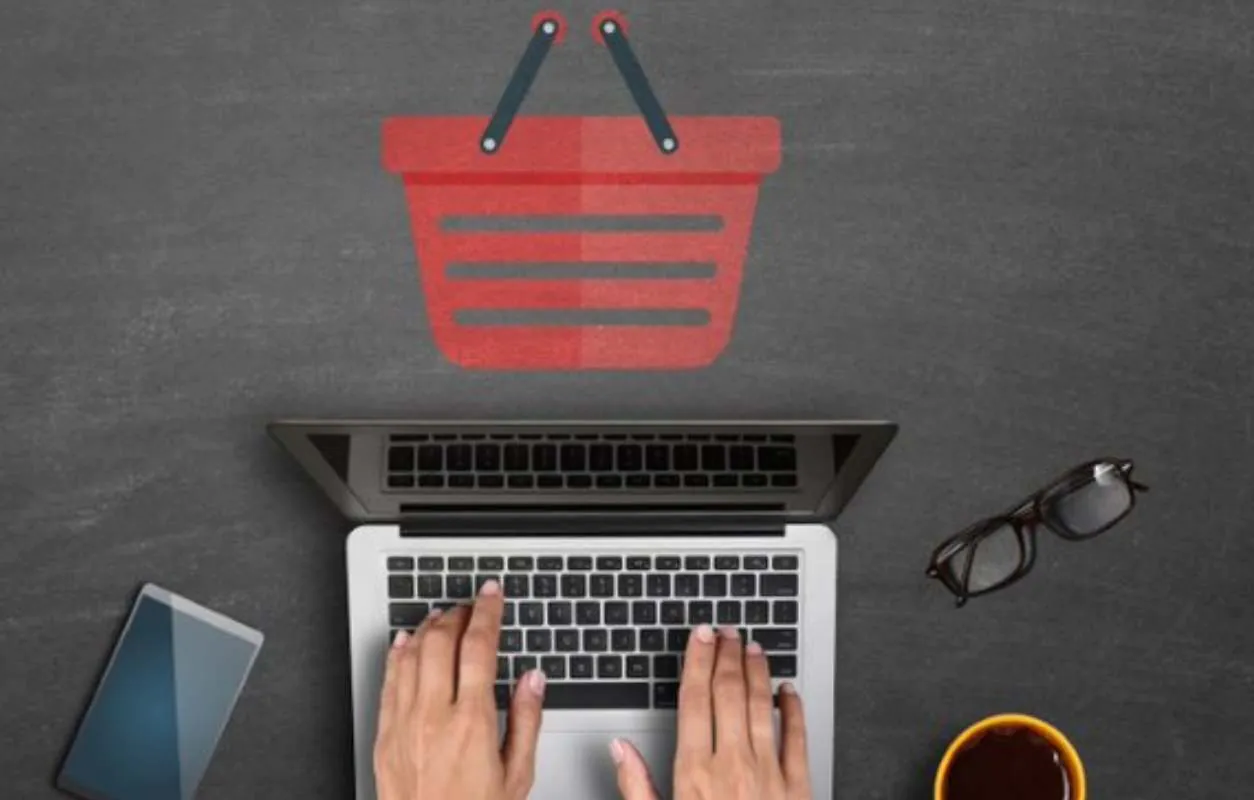If you were to compare the packaging industry today to that a decade ago, it’s quite clear that the sector has witnessed manifold growth. Most companies have come to terms with the fact that packaging is indeed a vital part of their business. In fact, product packaging is now being considered to be an integral part of sales. But at the same time, if overdone, product packaging could burn a hole in your pocket too. Considering the goal of any business is to minimize losses and maximize profit, it’s clear that pinpointing where common mistakes occur in the product packaging and the packaging design and preventing them are critical to the success of a business. Therefore, it is important for companies to strike a balance between choosing the right packaging materials and not overspending on unnecessary packaging elements. From the experience of our industry experts, here are some of the common product packaging mistakes that you need to avoid for helping your brand shine on and off the shelf and garner better returns:
Key Product Packaging Mistakes
Outdated product packaging
Keeping up with the market trends is one thing that will keep your product going, be it in terms of product packaging or the other elements of the product. Companies must constantly keep an eye on consumer buying habits at least annually to see how their product packaging stands up to the needs of the target market. The more research you do on your target market and the people that will find the most benefit in your product, the more informed you will be when making a strategy for your package design. Sticking to an outdated product packaging design could put you behind the ball and give your competitors an added advantage.
Too many or too few packaging materials
Using too many or too little packaging materials can cause small-scale problems for companies that manifest into large losses. Too much material means wasting money on unnecessary expenses, but too little can risk the safety of products being packaged. Often, these types of mistakes can be traced back to poor planning by management. Without performing a proper cost analysis of material usage and setting up SOP’s to reduce human error, a company won’t have an effective product packaging plan.
Cost of labor
Let’s face it, manual labor costs money. Though we want to help the economy by employing our people, the jobs in almost any manufacturing and packaging products can be done with machinery for less money. If you have the opportunity to reduce labor on your packaging lines with automation, it is worth taking considering. Though a capital investment in automated packaging machinery may seem expensive up-front, a longer-term outlook will show the benefits; often in a much shorter time frame than you may expect. New technologies and robotics can make the entire packaging process fully automated, but if full-automation is not feasible right now, partial automation can reduce the manual labor required to package your pro duct.
duct.
Lack of package testing
Product damage from improper product packaging is a major cost faced by many businesses and it’s important to minimize the chances of such occurrences. Testing your product packaging after design and production are extremely important before bringing it to shelves. Test for shipping durability, handling, and product protection before launching a new package design. It should also be ensured to periodically carry out testing and ensure your product and the package it resides in is safe throughout its lifecycle.




